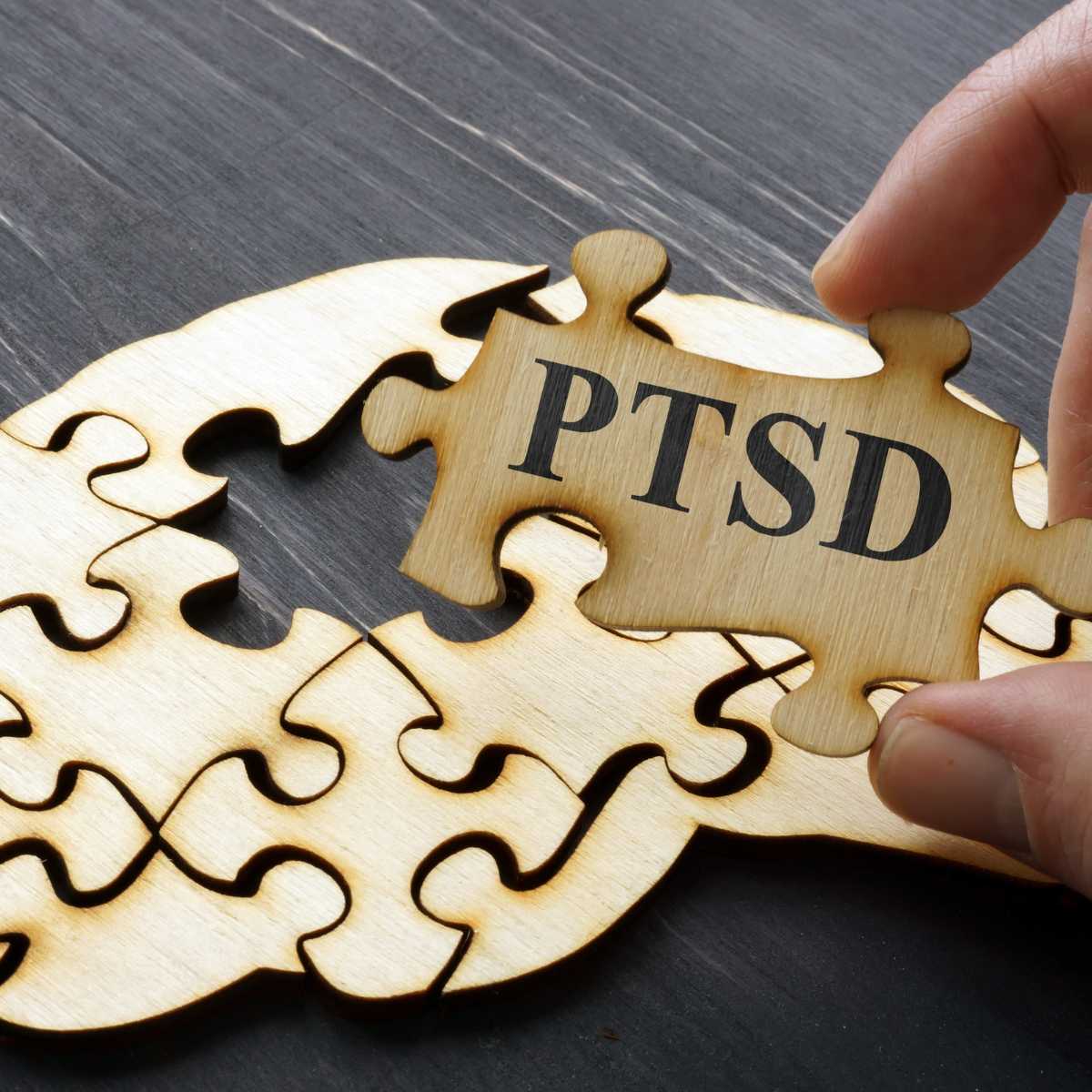It occurs in people who faced various traumatic events in life like-
- serious accidents
- natural disaster
- physical or sexual assault, abuse, including childhood or domestic abuse, rape
- exposure to traumatic events at work, including remote exposure
- serious health problems,
- childbirth experiences, such as losing a baby
- war, conflicts, and terror attacks
Such conditions may last for months or years, with triggers that can bring back memories of the trauma accompanied by intense emotional and physical reactions.
It’s very much normal to have upsetting memories, feel on edge, or have trouble sleeping after a traumatic event. Initially, it would be very difficult to do daily activities, like going to work, going to school, or spending time with people you care about. But most people start to feel better after a few weeks or months. And if not, then it means they need professional help.
As a first step people who are going through stress post-trauma they feel that avoid thinking about or feeling emotions about a stressful event. But when avoidance is extreme, or when it’s the main way to cope, it can interfere with emotional recovery and healing.
People respond to traumatic events in a number of ways, such as feelings of concern, anger, fear, or helplessness and these responses vary from one person to another. But there are some common symptoms to watch out for –
Emotional Signs Include:
- Sadness
- Anger
- Denial
- Fear
- Shame
These may lead to:
- Nightmares
- Insomnia
- Difficulty with relationships
- Emotional outbursts
Common Physical Symptoms:
- Nausea
- Dizziness
- Altered sleep patterns
- Changes in appetite
- Headaches
- Gastrointestinal problems
Psychological Disorders May Include:
- PTSD
- Depression
- Anxiety
- Dissociative disorders
- Substance abuse problems
Most of the time we get confused between Acute Stress Disorder vs. Post-Traumatic Stress Disorder. Not every traumatized person develops post-traumatic stress disorder (PTSD). Some people develop some symptoms like those listed above, but they go away after a few weeks. This is called acute stress disorder (ASD). When the symptoms last more than a month and seriously affect the person’s ability to function, the person may be suffering from PTSD. Some people with PTSD don’t show symptoms for months after the event itself. And some people deal with PTSD symptoms of a traumatic experience for the rest of their life. Symptoms of PTSD can escalate to panic attacks, depression, suicidal thoughts and feelings, drug abuse, feelings of being isolated and not being able to complete daily tasks.
There is no cure for trauma nor any quick fixes for the suffering associated with them. But there is hope. A wide range of effective therapies exists and access to them is widespread. Trauma survivors are best served by working with a therapist or therapy that is trauma-focused or trauma- informed. Most trauma-informed therapists will employ a combination of therapy modalities. Therapies for Trauma Psychotherapy alternatives include exposure therapies to help with desensitization, Cognitive Behavioral Therapy which helps change thought and behavior patterns and reprocessing therapies like Eye Movement Desensitization and Reprocessing (EMDR) that allow the survivor to reprocess memories and events. Somatic therapies that use the body to process trauma include Somatic Experiencing and Sensorimotor Psychotherapy. Hypnosis, mindfulness, craniosacral therapy, trauma-sensitive yoga, art therapy and acupuncture can all also help. And last, many people use medications – primarily antidepressants and anti-anxiety medications – which can make symptoms less intense and more manageable. ( This should be done mainly under the guidance of experts and doctors, we should never try to medicate our self without the proper guidance)
PTSD therapy helps change your relationship with the trauma. Therapy isn’t for erasing your memoriesDr. Rebecca Liu, Clinical Psychologist

